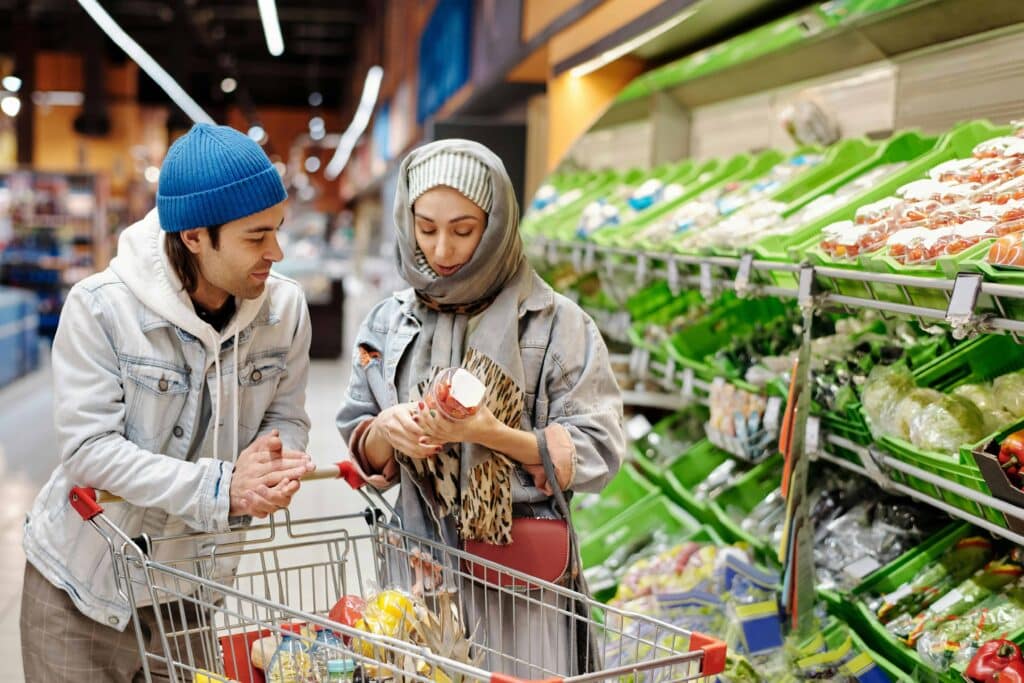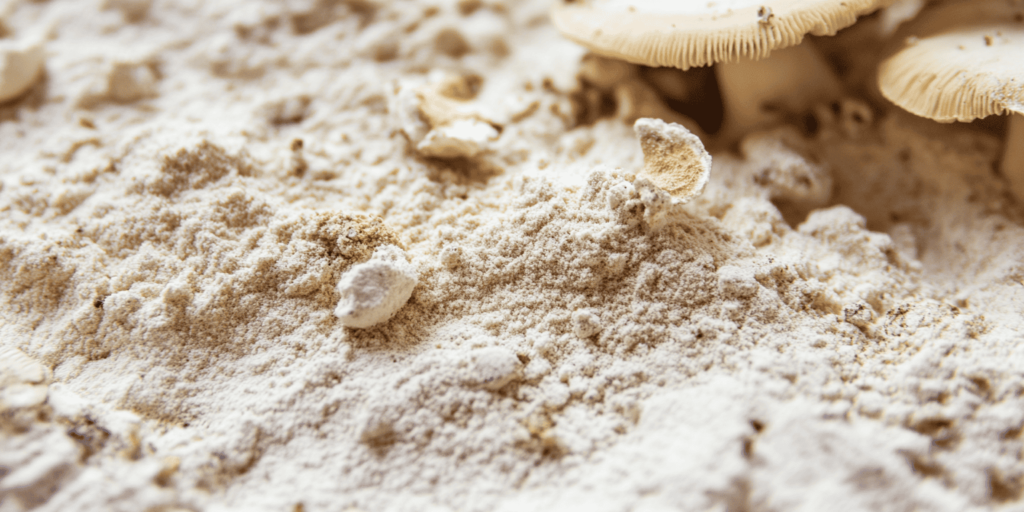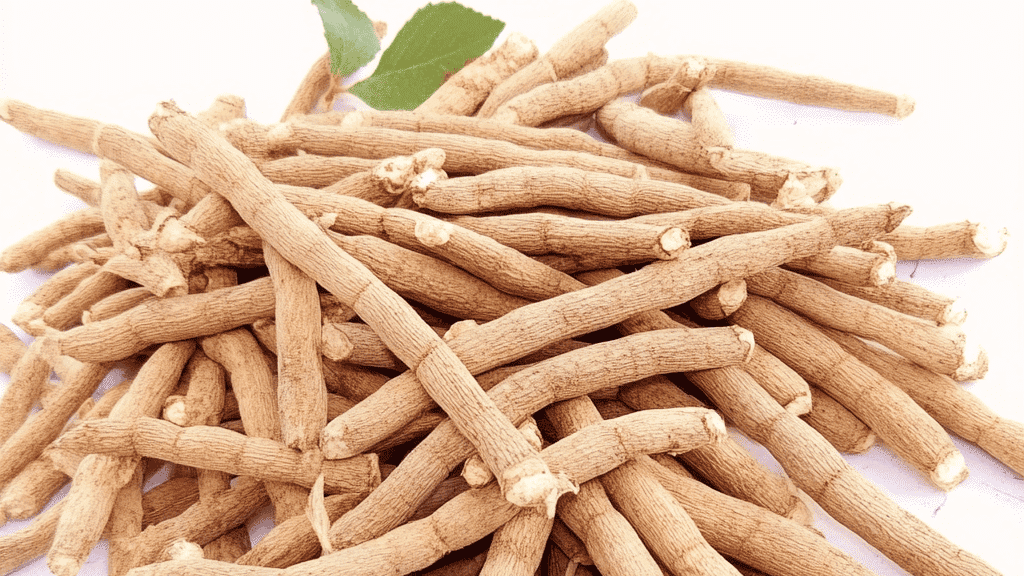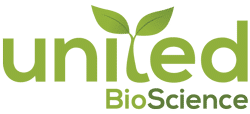Introduction
Consumers want products with simple, natural ingredients, and brands are responding. Clean label is now a standard across functional foods, beverages, and supplements, reshaping how products are formulated and marketed.
This article explores what defines clean label ingredients, the size and growth of the market, and where the future of clean label innovation is headed.
Market Definition and Scope
Unlike organic or non-GMO claims, the term “clean label” has no legally binding definition. Instead, it is a consumer-led construct shaped by expectations for:
- Natural origin
- Minimal processing
- No artificial additives, colors, or preservatives
- Free from GMOs and chemical-sounding names
Clean labeling is driven by emotional trust; shoppers expect simple, recognizable ingredients that feel safe and genuine. This demand is influencing not just how products are labeled, but how they are formulated at the ingredient level.

Market Size and Growth Projections
The global clean label ingredients market is experiencing steady and impressive growth, driven by wellness trends, increasing transparency demands, and regulatory shifts.
According to Straits Research, the market was valued at $54.41 billion in 2024 and is projected to reach $92.79 billion by 2032, growing at a compound annual growth rate (CAGR) of 6.9% from 2025 to 2032.
Similarly, the MKC Clean Label Study confirms the accelerating adoption of clean labels across both the food and supplement sectors, particularly among younger, wellness-driven consumers.
Growth Drivers Behind the Numbers
This rapid expansion is fueled by:
- Rising health consciousness and dietary awareness
- Regulatory pressure to reduce artificial additives and improve label clarity
- Retailer reformulations and banned-ingredient policies
- Technological innovation that makes clean-label compliance more accessible
As Vegconomist reported, 75% of consumers prefer clean-label products, and that demand is translating into significant growth, especially in functional beverages and supplements.
E-commerce is also playing a key role. Online grocery platforms are giving cleaner, story-driven products more visibility, further accelerating sales and adoption.
Country-Level and Long-Term Forecasts
Looking at specific regions, the data gets even more compelling:
- China is projected to grow at a 16.9% CAGR, driven by regulatory crackdowns on artificial additives and rising demand from the middle class for transparency.
- India is close behind, with a 15.8% CAGR, where the overlap between clean label and Ayurvedic/natural remedies is driving dual-channel growth.
- The UK leads Europe with a 23.3% CAGR, supported by a strong organic food culture and strict restrictions on additives.
Several industry analysts, including MarketResearchFuture, estimate that the market could surpass $212 billion by 2035, as clean label becomes the default expectation across every major category.
Key Market Drivers
1. Health and Wellness Trends

Clean label ingredients are directly tied to wellness culture. Consumers want fewer synthetic compounds and more whole food-based nutrition, especially in functional beverages, protein powders, and supplements.
The demand for clean label aligns strongly with efforts to reduce chronic disease and promote longevity, making it a critical feature for brands developing health-positioned products.
2. Consumer Preferences for Transparency
Transparency is driving loyalty. According to Innova Market Insights, 6 in 10 global consumers are interested in knowing how their food is made and where it comes from. They aren’t just avoiding artificial ingredients—they’re actively seeking clean sourcing stories.
3. Regulatory Influences
Though clean label is not formally defined by regulators, policy shifts are reinforcing the movement. Bans on artificial dyes and increased pressure for labeling transparency are pushing brands to reformulate.
Market Segmentation
The clean label ingredients market is segmented by ingredient type and source, each offering unique formulation opportunities. For product developers, understanding these segments is essential for aligning with clean label claims while delivering real performance.
By Ingredient Type
Clean label ingredients fall into several primary categories, with some gaining traction faster due to health, functionality, or labeling preferences:
Mushroom Extracts: Functional mushrooms, such as Lion’s Mane, Reishi, Maitake, Turkey Tail, and Chaga, are increasingly used in powders, capsules, and beverages for cognitive, immune, and gut support.

Natural Colors: Pigments from turmeric, spirulina, and beetroot are replacing synthetic dyes. These botanicals add both visual appeal and wellness connotation.
Flavors & Aromatics: Vanilla oleoresins, cocoa extract, and citrus oils offer clean-label flavor enhancement without artificial additives. Ingredients like vanilla and cocoa also serve dual functions in mood support and antioxidant protection.
Sweeteners: Clean-label sweeteners such as stevia and monk fruit remain popular, but emerging interest is also growing around fruit-derived syrups and prebiotic sweeteners with added health benefits.
Thermogenic Botanicals: Capsaicin, derived from chili extract (e.g., cayenne or capsicum), is gaining traction in weight management blends. It offers a natural path to thermogenesis without synthetic stimulants.
Trend Insight: According to Global Growth Insights, natural flavors, fruit-derived ingredients, and functional botanicals are among the fastest-growing ingredient segments due to their high consumer recognition and formulation flexibility.
By Source
Most clean label innovations today are plant-based, aligning with vegan, allergen-free, and flexitarian demands.
Botanical and Fungal Sources: Ingredients such as ginseng, ashwagandha, holy basil, passion flower, and functional mushrooms dominate wellness positioning.



Fermentation-Derived Nutrients: Natural fermentation is used to create high-purity vitamins and cofactors. For instance, clean-label Vitamin K2 or CoQ10 developed without solvents or emulsifiers is in high demand for beverage formats.
Animal-Based Ingredients: Though less common, clean-labeled dairy isolates or marine-sourced collagen (from traceable sources) are being used in performance supplements with a transparent supply chain story.
Forecast: Plant-based ingredients are expected to continue dominating, particularly those with added functional benefits, such as cognitive, immune, or thermogenic support.
Formulation Optimization
Are you looking to optimize your formulations? Our advanced research and laboratory services specialize in evaluating food, beverage, and supplement applications to boost efficacy and improve performance. It’s time to take your products to the next level.
Regional Insights
North America
North America dominates the clean label market due to health-conscious consumers, strong retailer mandates, and FDA standards. Shoppers with high disposable income are willing to pay more for transparency, particularly in beverages, supplements, and snacks. Retailers like Whole Foods are leading this trend by banning synthetic additives.
Europe
Europe’s clean label market, characterized by strict regulations and a strong organic culture, held 39.09% of global market share in 2022. Growth drivers include the UK (23.3% CAGR) and France (5.05% CAGR), prompted by ingredient bans, labeling laws, and rising demand for natural products.
Asia-Pacific
The APAC region is the fastest-growing, driven by rising health awareness, urbanization, and safety concerns. China (16.9% CAGR) and India (15.8% CAGR) are standout markets, driven by shifting consumer preferences and regulatory pressure. In developed areas like Japan and South Korea, clean label innovation is accelerating in functional drinks, supplements, and snacks.
Latin America
Latin America shows strong potential, especially in Brazil, Mexico, and Chile, where the middle class is growing. Demand for natural products is rising, but cost remains a barrier. Brands are looking for affordable, clean-label ingredients to balance health with price sensitivity.
Middle East & Africa
MEA is in early stages, but markets like the UAE and South Africa are gaining traction. Imports of clean-label products are rising, and local production is beginning to follow. While awareness is still growing, regulatory improvements and public health initiatives are opening doors for clean label formulations in beverages and fortified foods.
Challenges and Restraints
Despite the opportunity, challenges persist:
- Higher costs for clean processing, certifications, and sourcing
- Formulation challenges when removing stabilizers or synthetic flavors
- Limited supply chains for novel clean ingredients
- “Cleanwashing” risk if claims aren’t substantiated with real formulation changes
As explained in the Incredible Egg white paper, even minor changes to meet clean label expectations can lead to rework, quality issues, or cost escalation.
Opportunities and Future Trends
1. Plant-Based and Vegan Innovation
Clean label is intersecting with the plant-based boom. Mushroom extracts, botanical adaptogens, and natural caffeine alternatives (e.g., green coffee) are opening doors to formulations that meet multiple consumer needs at once.
2. New Technologies
Encapsulation and natural emulsification technologies are helping brands remove synthetic binders and preservatives. United BioScience’s AbsoluteNano™ platform is one such innovation that enables improved water solubility and cleaner label compliance.
3. Global Expansion
Developing markets offer fresh growth opportunities, especially where regulatory shifts (e.g., food safety bans) open the door for premium, clean-label formulations.
4. Sustainability + Clean Label
More consumers view clean label and sustainability as interconnected. Solvent-free extraction (e.g., supercritical CO2) and ethical supply chains are now seen as part of a cleaner ingredient story.
Conclusion
Clean label is now the standard, not the exception. Brands need ingredients that deliver functionality, transparency, and shelf stability—all without compromise.
At United BioScience, we power clean-label innovation with SNOB™ ingredients—Safe, Natural, Organic, and Bioavailable. Whether you’re formulating powders, gummies, or shots, our solutions are built for today’s consumer.
Explore our clean-label ingredient portfolio or contact our formulation team to get started.
Looking for Premium Ingredients?
We provide brands with premium, bioavailable ingredients crafted through clean extraction methods and cutting-edge formulation technology.
